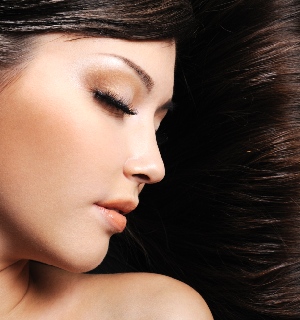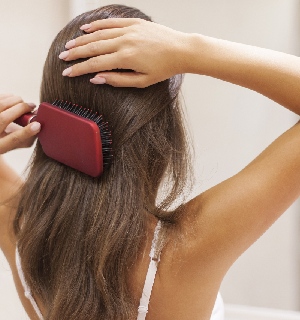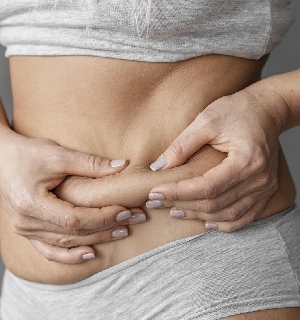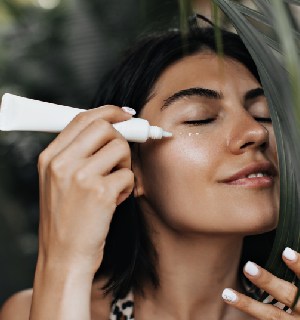Covering the entire outside of the body, the skin is the body’s largest organ. It also grows faster than any other organ in the body. It consists of three layers – the epider-mis, the dermis and the subcutaneous tissue. People continuously renew their skin throughout their lifetime. The thickest skin is located on the upper back, the palms of the hands and the soles of the feet. The thinnest sections of skin are on the eyelids and the inner folds of the elbows. Each square inch of skin contains approximately 19,000,000 skin cells, as well as many other structures, such as nerve endings, hair follicles and glands. Hair and nails are both modified forms of skin.
Hair is composed of a hair shaft, which projects from the skin’s surface, and a root. Embedded in the skin, the root is a soft thickened bulb located at the base of the hair. Each root ends in a hair bulb, which sits in a tubular sac known as a hair follicle. There are more than 100,000 hair follicles located on the head alone. At the bottom of each hair follicle is a papilla, the area from which the hair sprouts. It contains an artery that nourishes the root of the hair.
Nails sprout from deep folds in the fingers and toes. They provide protection and sup-port for the sensitive fingertips and toes. They also provide insight into a person’s gen-eral health, as illness can impact the appearance and growth rate of the nails.
The skin is susceptible to damage from the environment. To minimize external damage to the skin, people should take steps to protect their skin. This involves wearing hats, sunscreen, long-sleeved shirts and pants when spending time in the sun. In addition, the natural aging process of the skin is damaging because the dermis los-es moisture, elasticity and thickness as individuals grow older. It is impossible to pre-vent all of the changes that occur to the skin as a person ages. However, older individ-uals can take steps to slow the pace of these changes, or to treat symptoms that result from these changes. Avoiding sun exposure, moisturizing the skin, maintaining a healthy diet and consuming adequate fluids can be very beneficial.
About Skin
About Skin
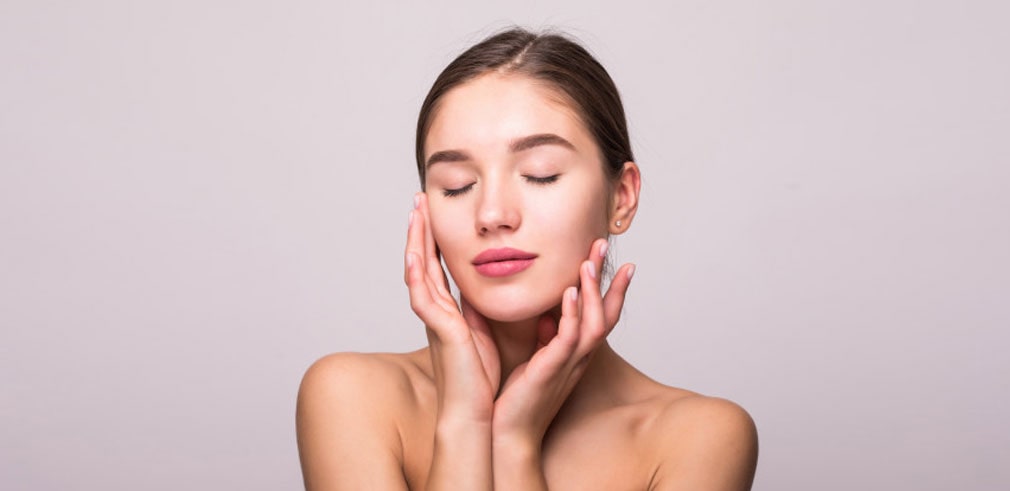
2019-09-30
BY : Dr. Satish Titoria
 Whatsapp
Whatsapp Facebook
Facebook Twitter
Twitter Instagram
Instagram Linkedin
Linkedin Pinterest
Pinterest
